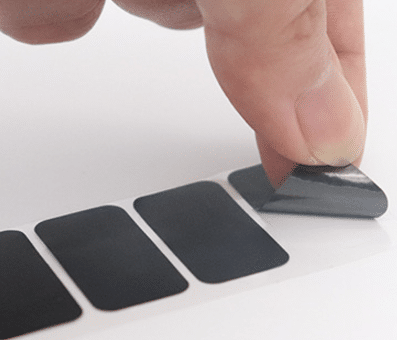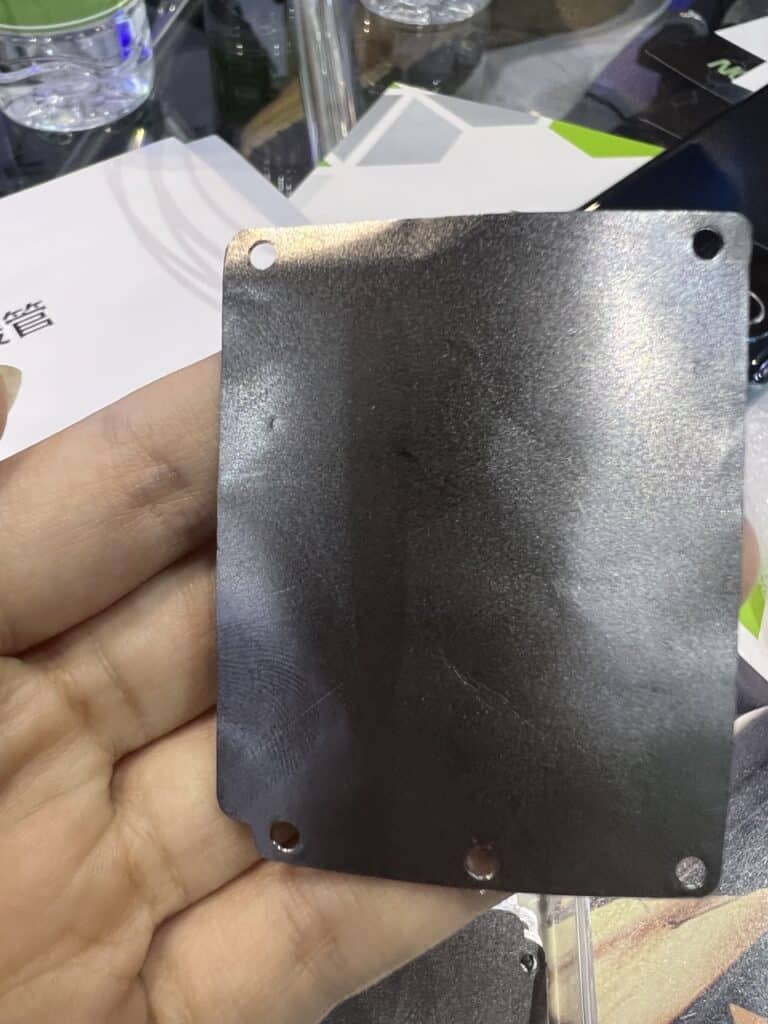Are Low-Voltage Electric Blankets Safe
Are Low-Voltage Electric Blankets Safe? Here’s The Shockingly Simple Truth Winter’s coming, and you’re relying on that electric blanket to survive – but is sleeping
Alright, so let’s talk about two superstar materials in the tech world: graphene sheets and graphite sheets. Both are great at handling heat, but they’re not quite the same. Think of them as siblings—related but unique in their own ways. Let’s dive in and see what makes each of them special when it comes to keeping our gadgets cool.
Table of Contents
ToggleGraphite is the older sibling here, and we’re pretty familiar with it. If you’ve used a pencil, you’ve used graphite! On a technical level, graphite sheets are made up of many layers of carbon atoms stacked on top of each other in a specific pattern, giving it a “layered” structure. Imagine a deck of cards: each card represents a thin layer of carbon atoms, which can slide over each other easily—this is part of what makes graphite sheets effective at spreading heat.

A number of cell phones use graphite sheet cooling technology in order to efficiently manage heat in a thin and lightweight design. Here are some of the phone models that utilize graphite sheet cooling:

Graphene is the shiny new material on the block. It’s also made of carbon, but it’s just one layer of carbon atoms—yes, just one! This makes it the thinnest material possible. Despite its thinness, it’s incredibly strong and conducts heat better than just about any other material known. Imagine a single, super-strong spider web of carbon atoms.
When it comes to handling heat, both graphite and graphene do a great job, but they work in different ways.
Let’s break down the pros and cons of each material in simple terms.
Feature | Graphite Sheet | Graphene Sheet |
Thickness | Many layers | Single layer |
Heat Spreading | Good | Excellent |
Heat Conductivity | High, but slower than graphene | Ultra-high |
Cost | Affordable | Affordable |
Current Use | Widely used in electronics | high-performance uses |
Production | Established and scalable | A few manufacturers can mass produce |
Graphene sheet as a better performance of the heat dissipation material, in the future electronic equipment performance is more and more prominent, the trend of increasingly high demand for heat dissipation, graphene sheet will gradually replace the elimination of graphite sheet.
Distinguishing a graphene sheet from a graphite sheet by appearance alone can be challenging because both materials are forms of carbon and can look similar, especially when thin. However, there are a few visual and structural clues that can help you tell them apart:
Graphite Sheet: Typically appears thicker, even in thin sheets, because it consists of multiple layers of carbon stacked together (often thousands of layers).
Graphene Sheet: A single-layer graphene sheet is just one atom thick, so it’s almost invisible to the naked eye. If you’re looking at a thicker graphene film, it will still be remarkably thin compared to graphite sheets.
Graphite: Because of the layered structure, graphite sheets are often less reflective and have a more matte finish.
Graphene: Tends to have a slight sheen or glossy appearance, especially in thicker films, due to its uniform structure.
To truly distinguish between them with certainty, you would need a microscope, as the difference in thickness is hard to detect with the naked eye. Under a microscope or using specialized equipment like Raman spectroscopy, graphene shows distinct characteristics that differ from the multi-layered structure of graphite.
We produce and develop graphene raw materials and graphene applications, with 50 researchers, and are open to working with you to develop customized products.
Are Low-Voltage Electric Blankets Safe? Here’s The Shockingly Simple Truth Winter’s coming, and you’re relying on that electric blanket to survive – but is sleeping
Winter’s back, and getting into bed feels like climbing into a freezer. As someone who’s always cold, an electric blanket is my survival tool. But
TL;DR: Y’all, heating tech just got a major glow-up. Graphene blankets aren’t just another product—they’re a total game-changer. We’re talking next-level warmth, wellness-based design, and
Traditional electric blankets can cause dryness and dehydration with prolonged use. Why do graphene electric heating blankets feel less dry and are more comfortable? You’ve
Experience the excellent energy-saving underfloor heating brought by new technology
We’ll get back to you in 1 business day.